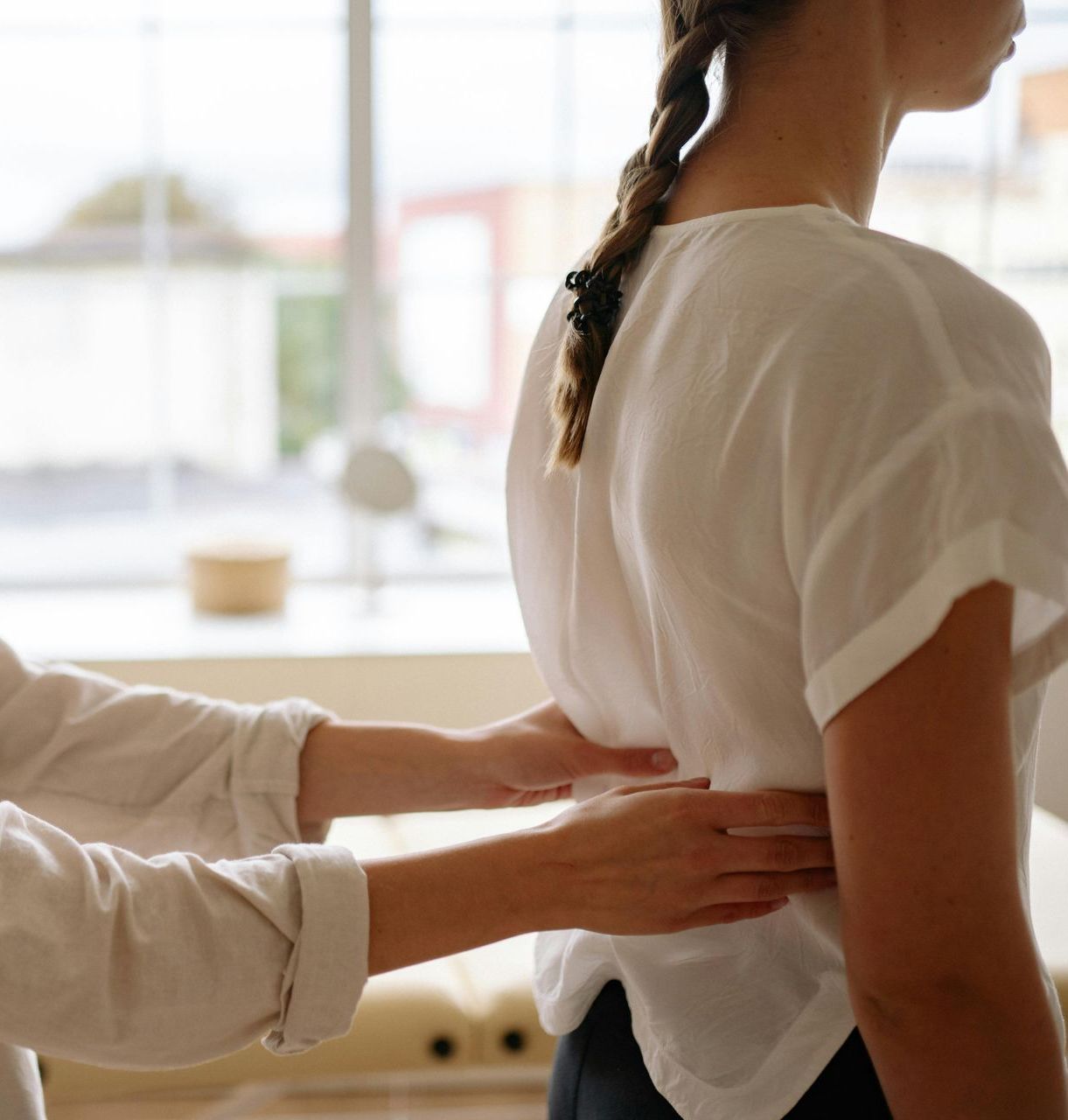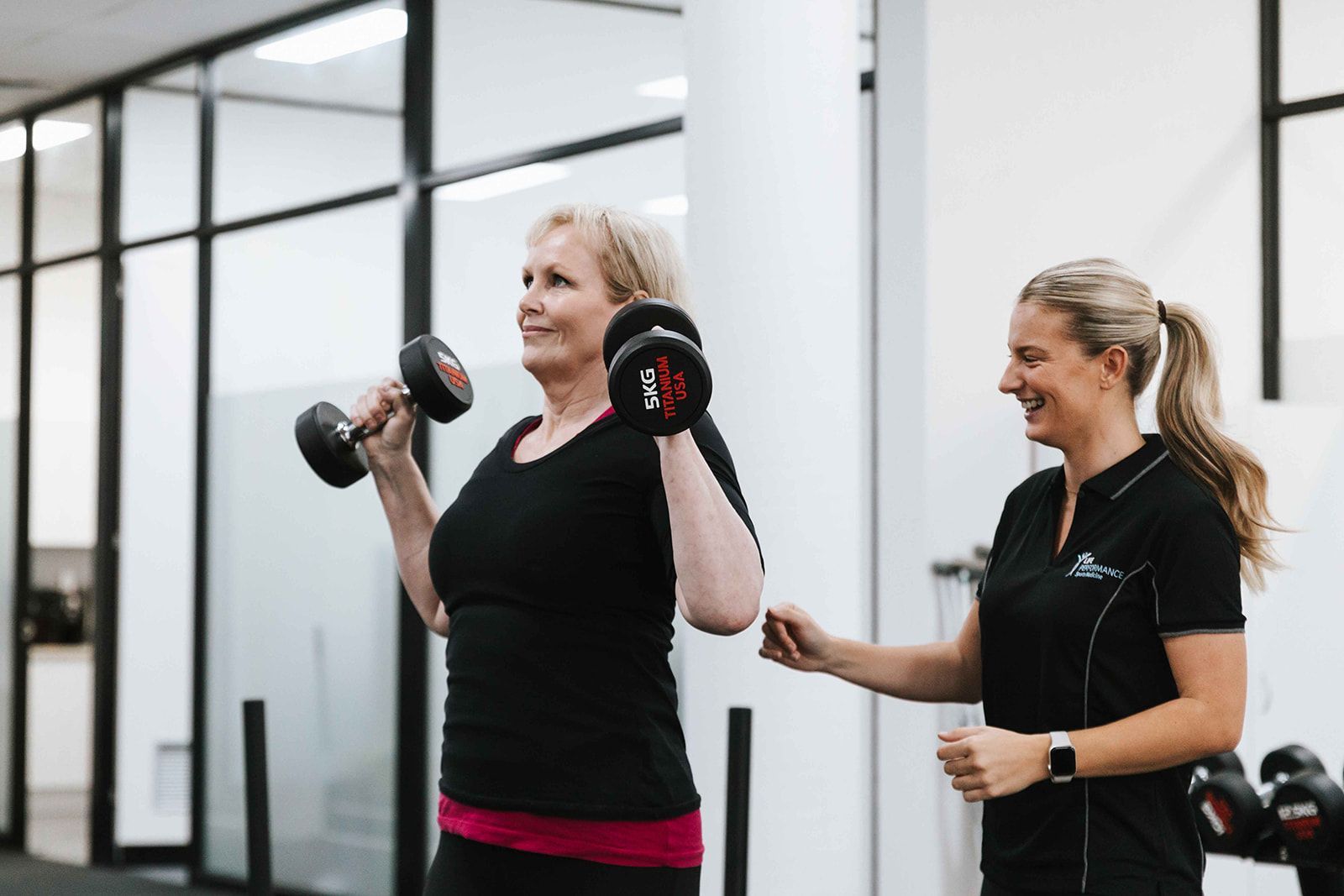It’s Go Time: How to Best Prepare for your upcoming Marathon

The Melbourne Marathon is just around the corner. For our running die-hards out there, Christmas has indeed come early. Whether this is your 15th consecutive marathon, or you’ve made a last minute decision with your friend to join in the fun, your preparation in the lead up is equally as important.
Marathons can be a truly taxing experience on the body. Cramps, blisters and general soreness are almost a given, however, more serious injuries like a stress fracture or Achilles tendinitis / tendinopathy can be significantly reduced with a well- designed training program.
As physios, our role is often dealing with the aftermath of these injuries to help you get back out onto the track. However, as the old age goes, prevention is better than cure!
That is the main purpose of this article, so continue reading to learn how you can avoid coming to see us in the first place!
Acute: Chronic Workload Ratio
You may have heard of the Acute: Chronic Workload Ratio (ACWR). It sounds complicated, but it is relatively simple. Think of it as how much running you are doing in the short term (normally the past week), compared to how much running you have done in the long term (normally the past month). For example, if you normally run 10km a week, and suddenly you run 20km a week, your ACWR will be quite high. If you normally run 10km, and then next week you run 12km, your ACWR will be much lower.
So why is this important? Monitoring our ACWR and keeping it at a consistent level is really important to reduce the risk of injury. Our bodies don’t tend to react well to spikes in training, and many injuries we see as physios result from an error in the athlete’s ACWR. To keep on top of this, use technology like Strava or a fitness watch to keep an eye on any big spikes in your training load. Planning out your running in advance (e.g. creating a running schedule) can also structure your training program so that the lead up to the big day is as smooth as possible.
The importance of strength and link to performance
Strength training and runners used to be treated as polar opposites. Strength training makes you really big, strong and heavy, whereas runners need to be quick, nimble and light on their feet – why on earth would they lift weights in a gym? We have fortunately moved on from this old dogma and come to realise that the message is really clear: Lifting weights significantly reduces your injury risk, whilst also boosting your performance. It’s a double whammy of the highest order! If you are someone who is repeatedly injured, or you feel that your running program is top notch, but your times have plateaued, strength training may be the answer for you.
If you are new to strength training and don’t have access to much equipment, perhaps start with 2 sessions a week focussing on key movements like calf raises, lunges and squats. If you really want to maximise the benefits of strength training, aim for 2-3x per week of legs and abdominal work. I’d also do a combination of lifting really heavy (eg 3 sets of 4-6 reps) and endurance training (eg 3 sets of 12-15 reps, using a lower weight) across the week.
So, there you have it. If you would like some guidance with preparation for your marathon, or don’t quite know what to focus on in your gym program, our team is here to help.
Happy running!










